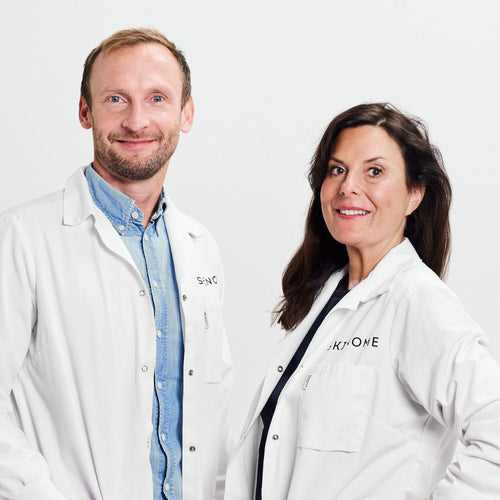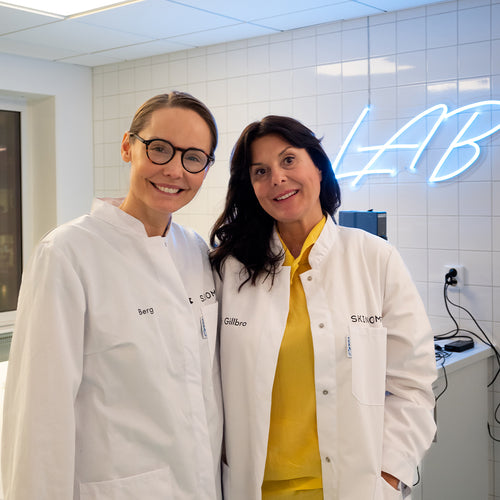Biofermentation
Biofermentation är en mer miljövänlig teknik som innebär att man använder mikroorganismer som bakterier, jäst eller svampar för att producera kemikalier. Denna metod används i produktionen av ämnen som antibiotika, alkohol, och en rad andra bioteknologiska produkter. Inom hudvård framställs vanligen olika organiska syror som mjölksyra eller citronsyra via biofermentation, men även oljor såsom squalane. De ämnen som benämns som postbiotika är också framställda eller utvunna ur biofermentationsreaktioner.
Grön kemi
Grön kemi syftar till att utveckla kemiska processer och produkter som är mer miljövänliga och tar mindre resurser i anspråk. Med gröna metoder försöker man minska användningen av farliga ämnen, minska energiförbrukningen, minska mängden vatten eller andra lösningsmedel som används samt minska avfallet från de kemiska processerna.
Upcycling
Upcycling för framställning av kemikalier är en metod som innebär att man tar till vara på restprodukter och omvandlar befintliga material och kemikalier till andra och mer värdefulla ämnen. Det kan vara återanvändning eller extraktion av restavfall, användning av biprodukter eller användning av restmaterial som utgångsmaterial eller energikälla vid fermentationsprocesser. Omvandlingen syftar till att minska avfallet, spara på resurser och minska den totala miljöpåverkan som ämnena har genom att återanvända och omvandla kemikalier istället för att producera dem från grunden. Det blir allt vanligare med upcycling och att det tillämpas brett inom kemikalieindustrin och lyfts alltmer fram inom hudvården.
Sammantaget är utvecklingen av nya metoder för framställning av ämnen otroligt viktiga för att minska vår totala miljöpåverkan och göra kemikalieproduktionen mer hållbar.


















